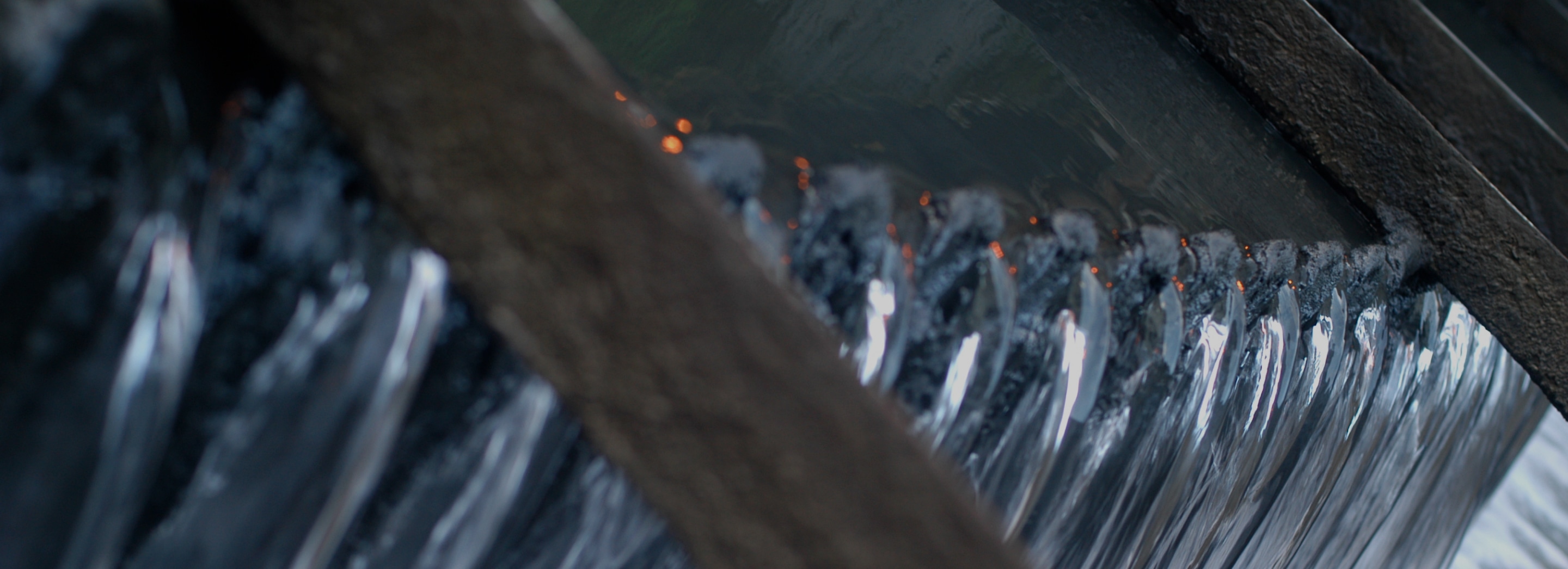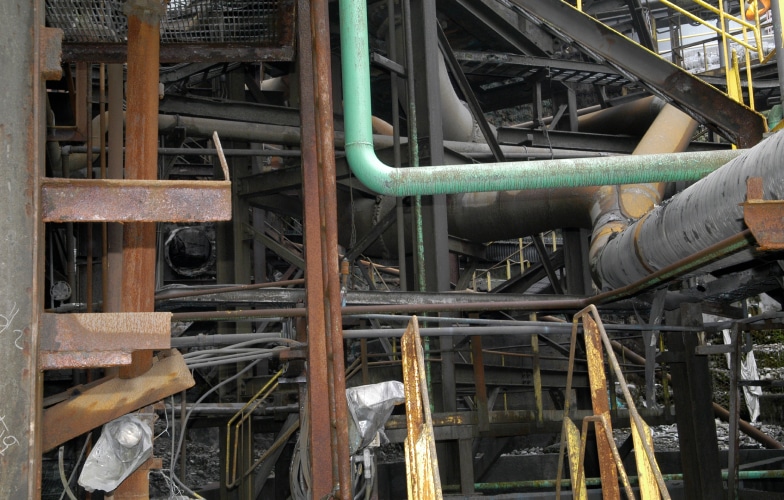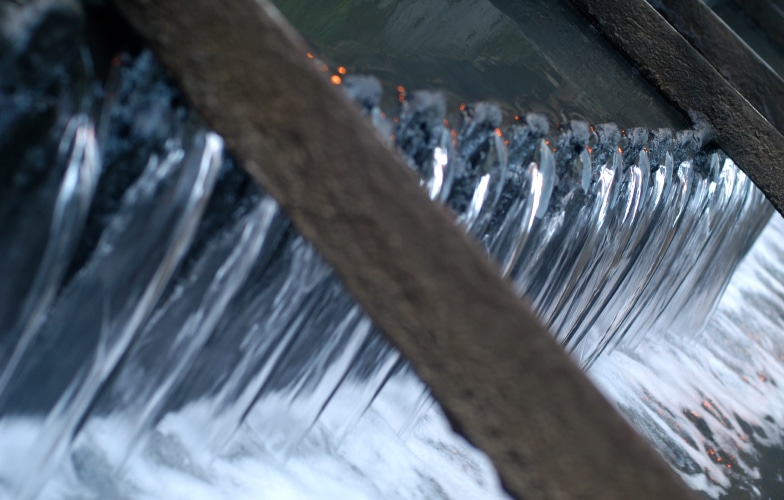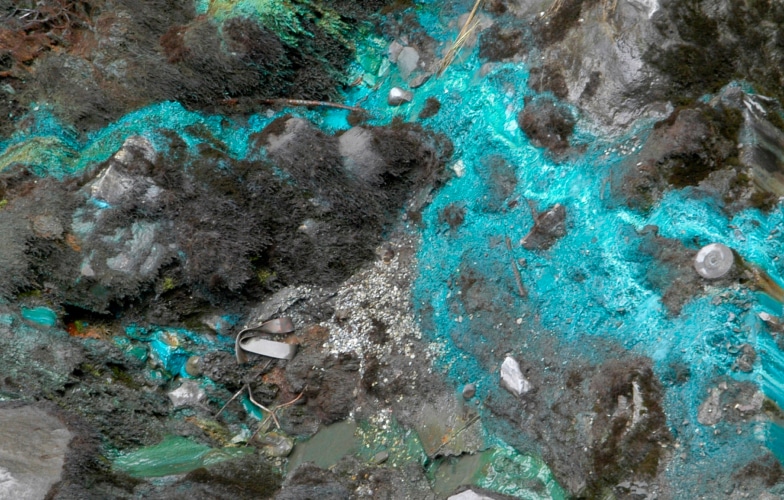background
A municipal drinking water reservoir for a town in north-west Queensland had been refurbished and the reservoir & associated water systems required disinfection to ensure safe potable water supply for the town. The council required a chlorine residual of no less than 10mg/L for 24hrs in compliance with AS/NZS 3500.1 standards. WTS was involved to execute this critical disinfection task.
approach
The disinfection chemical solution had been set by the council, which required compliance with AS/NZS 3500.1. The real challenge was in ensuring thorough mixing and even distribution of Sodium Hypochlorite throughout the large volume of water and determining the required dosage to maintain the required residual of not less than 10mg/L after 24 hours of application.
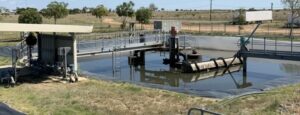
solution
The reservoir was filled with the town’s supply bore water to approximately 50% capacity. The following day, WTS arrived on site and commenced dosing of WTS prepared Sodium Hypochlorite solution during the filling of the remaining volume of water to overflow capacity. Sodium Hypochlorite was added to the 1.7ML reservoir to produce a recommended 50mg/L dose (AS/NZS 3500.1).
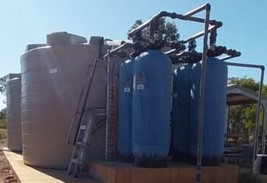
WTS key solutions
- WTS-determined solution of Sodium Hypochlorite – targeting 50mg/L throughout the 1.7ML reservoir.
- Sampling was conducted at the base of the tank and overflow to ensure homogenous mixing of chlorine throughout the reservoir.
- DPD spectrophotometry analysis was conducted on site at intervals to confirm residual chlorine.
- Microbiological samples were collected from the base after an 18hr residence time for NATA laboratory analysis and onsite chlorine analysis was again conducted to confirm residual levels.
results and benefits
Compliance Microbiological samples were delivered to an NATA laboratory for analysis The results of that analysis confirmed successful disinfection of the system.
Safety. Properly disinfected drinking water is crucial for any community.
Confidence. WTS’ track record and experience in the disinfection of large-scale water systems was exemplified during this critical treatment of a town’s potable water supply reservoir
